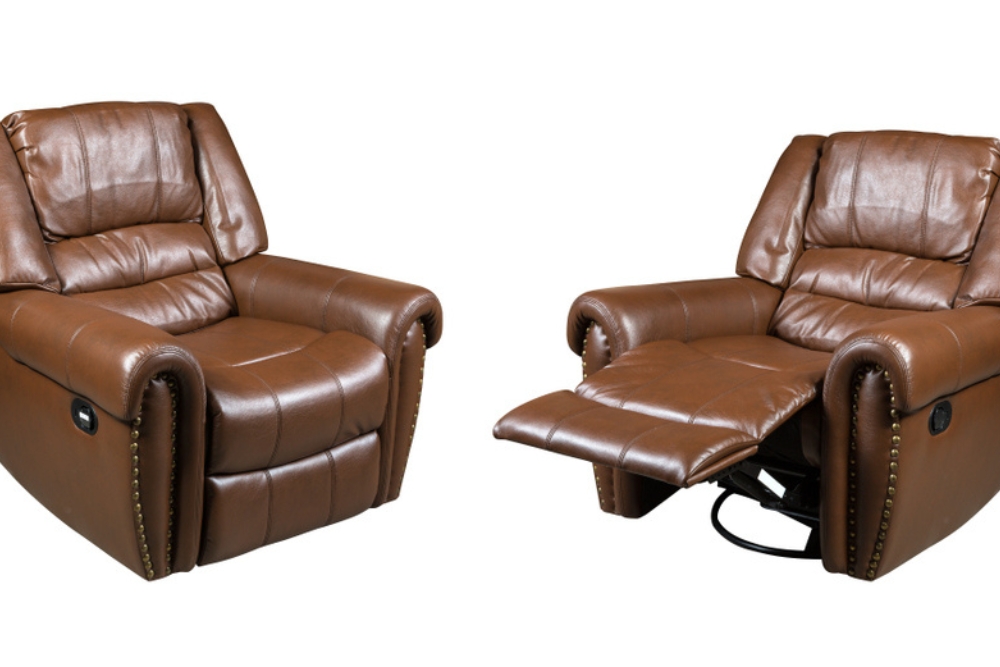Choosing Recliner Chairs for Your Living Room Comfort
A recliner chair can change how you use your living room, offering a blend of support, relaxation, and practical furniture design. Whether you’re updating an existing seating arrangement or selecting a single piece to anchor a room, understanding how recliners work, the materials and mechanisms involved, and how they fit with your space helps ensure lasting comfort and functionality. This article explains key features, layout considerations, maintenance tips, and where to find repair or service options in your area.

What makes a recliner suitable for living room use?
A living room recliner should balance ergonomics, scale, and style. Measure the available floor area and the chair’s fully reclined footprint so the mechanism can operate without hitting walls or other furniture. Consider the recline range — some chairs offer subtle tilt, others extend fully with leg rests and headrests — and how that matches typical living room activities like reading, watching TV, or napping. Upholstery choices and visible frame elements should also harmonize with existing furniture for a cohesive look.
How to pick a chair with lasting comfort?
Comfort depends on seat depth, cushion density, lumbar support, and arm height. Try to test multiple chairs if possible: sit for several minutes to evaluate pressure points, and pay attention to how the back supports your spine. High-resilience foam or layered cushions combine support with softness; pocketed coils in the seat can add durability for frequent use. For people with mobility constraints, look for chairs with power recline or lift-assist features that reduce effort when changing positions, while keeping safety and ease-of-use in mind.
How does recliner furniture affect room layout?
Recliner furniture often requires more clearance behind and in front than stationary chairs. Position a recliner where it can fully extend without obstructing walkways or creating tight sightlines. Grouping a recliner with a sofa and side table forms an inviting conversation area, but be mindful of sightlines to media centers and windows. Balance is important: large recliners may dominate smaller living rooms, so coordinate with slimmer sofas or use lighter upholstery colors to reduce visual weight.
What materials and mechanisms matter in recliners?
Frame construction, upholstery, and recline mechanism all determine longevity and maintenance needs. Kiln-dried hardwood frames resist warping; metal bases can provide smoother action for some mechanisms. Mechanisms range from manual lever or push-back systems to electric motors with remote controls. Upholstery options—leather, performance fabrics, or woven textiles—affect durability and care; leather is easy to wipe but can heat up, while performance fabrics resist stains but may require different cleaning methods. Consider warranties that cover frames and mechanisms.
Where to find recliner repairs and services in your area?
Local upholstery shops, furniture retailers, and specialized repair franchises can handle cushion replacement, frame repair, and mechanism servicing. Many manufacturers maintain authorized service centers for warranty work; national retailers often offer in-home repair or collection services. Before selecting a provider, confirm licensing, reviews, turnaround times, and whether they use OEM parts for mechanisms. For vintage or sentimental pieces, an upholstery specialist or furniture restoration service can often match original upholstery and restore function.
| Provider Name | Services Offered | Key Features/Benefits |
|---|---|---|
| La-Z-Boy | Retail of recliner chairs, in-home delivery, authorized repairs | Wide model range; manufacturer support for parts and service |
| Ashley Furniture | Retail sales, assembly, delivery, limited service options | Broad distribution, diverse styles and price points |
| IKEA | Retail of affordable furniture, pick-up and delivery, limited upholstery services | Simple designs, replacement parts available for some models |
| Furniture Medic | Furniture repair and restoration franchise | Local technicians for frame, finish, and upholstery repairs |
| Local upholstery shops | Custom upholstery, cushion repair, restoration | Personalized service, fabric matching, restoration expertise |
Conclusion
Selecting a recliner chair for your living room involves assessing size, mechanism type, upholstery, and how the piece will fit into daily routines and room layout. Prioritize durability and ergonomic features that match how you use the chair, and verify service or warranty support for mechanisms. Regular maintenance—cleaning according to the fabric type and checking moving parts—can extend a recliner’s useful life and maintain comfort over time.






